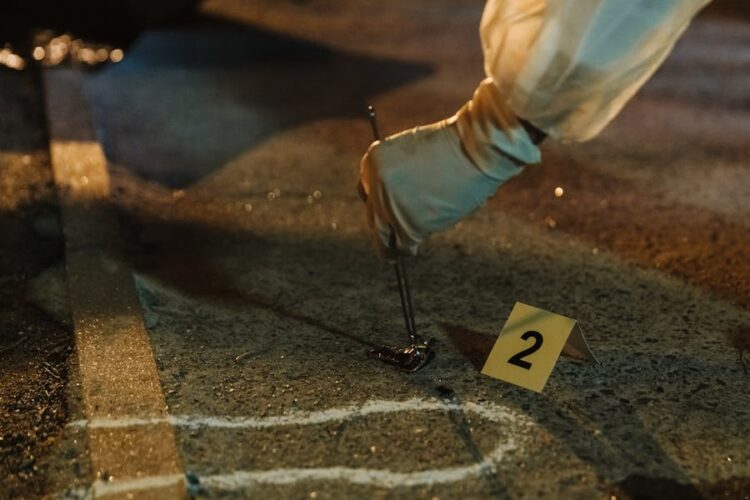The presence of AI in criminal defense and law isn’t necessarily brand new, but it’s rapidly changing how strategies in this industry are put together. Considering the possibilities, you can only imagine what this means for synthetic audio, deepfakes, and easily fabricated text.
While AI poses many benefits as a tool, it also comes with many challenges in the realm of criminal defense. It’s helpful to take into account how accessible it is as well, meaning anyone involved with the case could potentially pose a serious risk to the truth.
From the perspective of a defense attorney, this is an increasing stressor and equally an advantage in the right circumstances. This article highlights how AI-generated evidence is shaping today’s criminal defense strategies.
The Scope of AI-Generated Evidence
Evidence comes in many forms, and with the rapid expansion of AI, this creates a whole new world for people in the field of law to navigate. Not only can AI-generated evidence be extremely convincing, but it could potentially falsely implicate someone in a trial. Other important notes to point out here include:
- Challenges in discerning the difference between real-life and hypothetical examples
- Legal professionals have to create new protocols with a core focus on AI
- AI-generated evidence can easily mislead the jury as well as the judges
- Those on trial could encounter audio and visual evidence that mimics their likeness perfectly
Most people won’t argue with AI’s benefits, but it’s this new frontier that also creates quite a bit of worry. With this new reality in the world of law and criminal defense, it’s creating a rapid and long-term impact on modern defense strategies.
Impact on Defense Strategies
The presence of AI in the world of criminal defense might seem daunting, but there are many ways to combat fake evidence. One leading example is the job of digital forensic experts, who are an essential component in detecting signs of evidence that’s AI-generated.
Identifying gaps and irregularities in evidence is supported by chain of custody scrutiny. Pre-trial discovery requests are an important focal point here as well. This helps to reveal the origin, any software used, and AI-specific metadata. Although there are many processes already in place to combat growing concerns around AI-generated evidence, more progress is needed.
Future Outlook and Policy Recommendations
All of these points lead to the reality that current legal standards and criminal defense strategies need to be updated. When you think about how fast AI has evolved in just a few years, it’s more important than ever to stay one step ahead of the curve.
From solutions like cryptographic signatures, digital watermarking, and even blockchain-based verification, we have to fight technology with technology. In many ways, this is easier said than done, but it all starts with a serious focus on AI literacy from every angle.
Endnote
We may not be able to eliminate the growing issue of AI-generated evidence, but strategy alone can ensure it doesn’t end up falsely implicating innocent people. Whether it’s Greensboro, North Carolina accident attorneys or law professionals on the other side of the country, the entire industry is facing the same challenges. Industry-wide literacy around AI is the only way criminal defense strategy is going to evolve alongside the inevitabilities of this technology.










